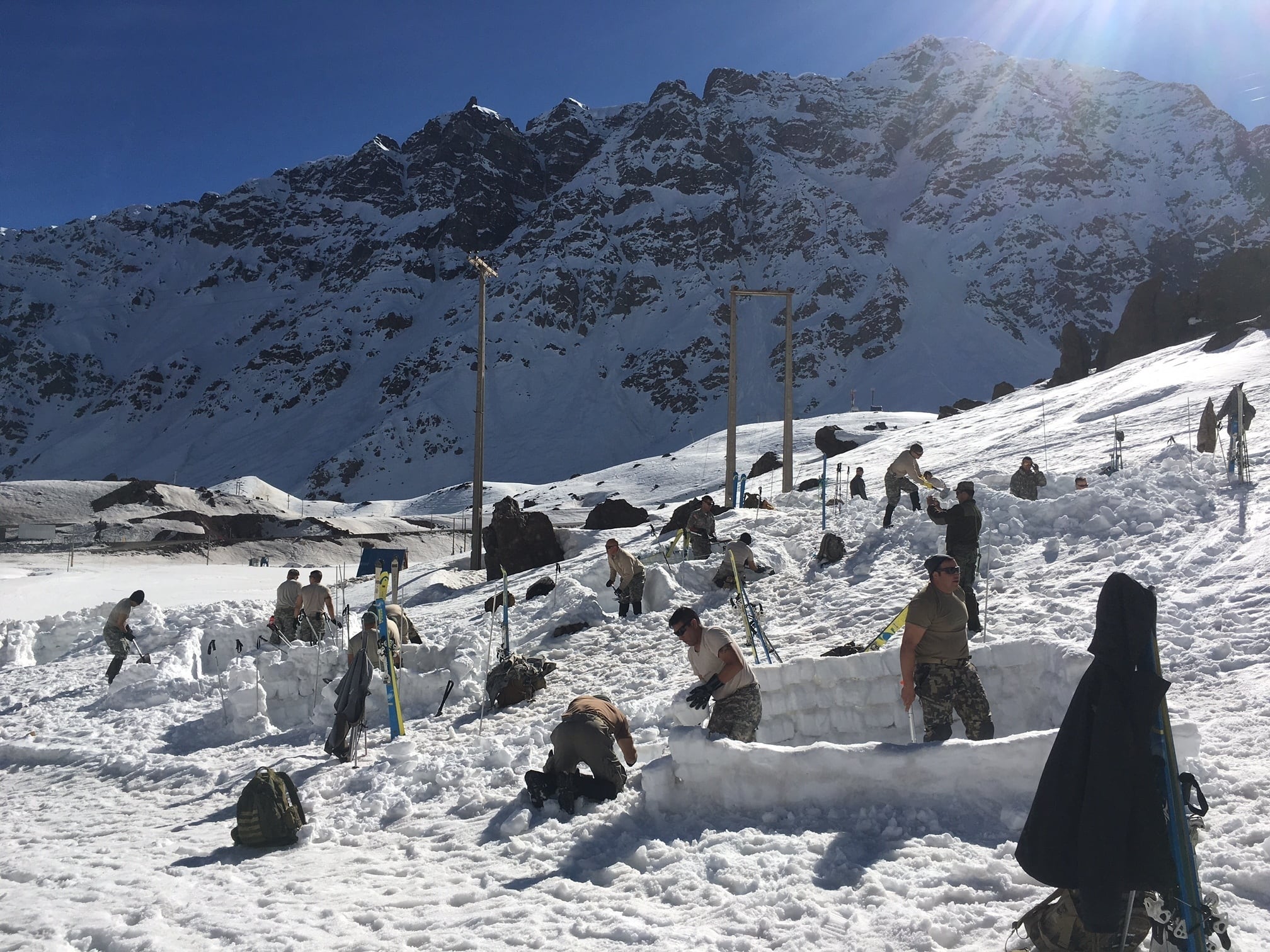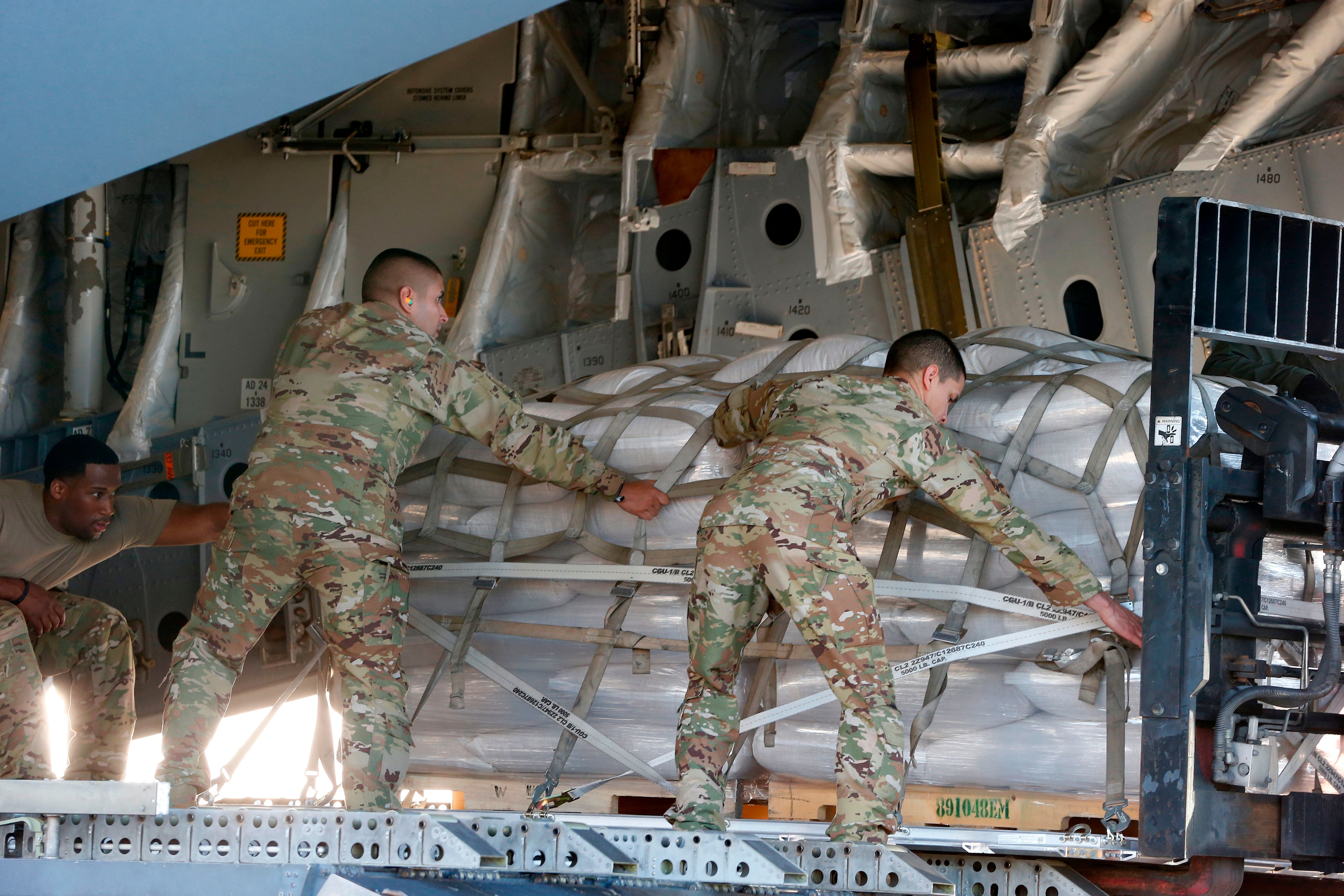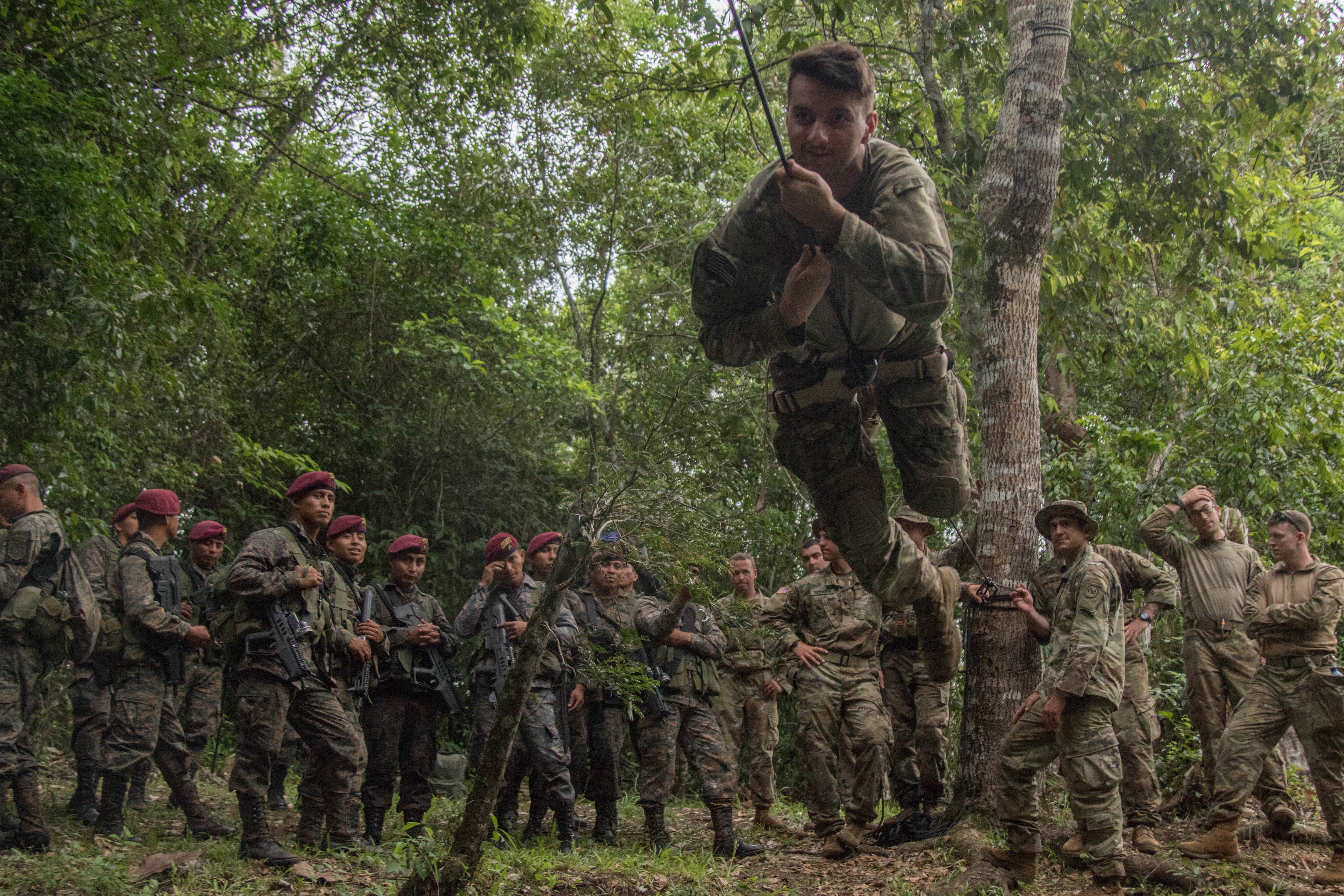The Army component of U.S. Southern Command is planning to send a Stryker battalion to Chile for the first strategic deployment of that kind called Southern Vanguard.
The new exercise is intended to build partner nation capacity and readiness, which ultimately fits into the role Army South plays in the new National Defense Strategy. That document largely focuses on great power competition between the United States and adversaries like Russia and China.
When the strategy does focus on smaller nation states, it mostly deals with Iran and North Korea. But the strategy’s outlook doesn’t actually conflict with the mission of U.S. forces in the southern hemisphere.
“The point of the NDS is that threats from the great power adversaries occur globally,” said Maj. Gen. Daniel Walrath, Army South’s commander. “They are not regional threats. They are global threats.”
“What that means to us in the SOUTHCOM [area of operations] is to be on the lookout and identify where we see advances by these great powers — specifically China and Russia,” Walrath added. “That is happening. There are definite intents and actions by those countries to make advances to increase their influence and to increase their physical access in the southern region."
On the Venezuelan crisis, for instance, Walrath noted that China has been lending to President Nicolas Maduro’s government to help prop up his struggling economy, while Russia has provided military technical assistance to his security forces. But the bigger malign influence from Army South’s perspective is that of Cuba, which has been accused of revamping Maduro’s armed forces and military intelligence services to squash dissent.
This outlook is buoyed by an assessment from SOUTHCOM commander Adm. Craig Faller, who stated in testimony this July that Russia and China have been expanding their influence in the Western Hemisphere, often at the expense of U.S. interests.

Faller cited China’s presence and activities at Argentina’s deep space tracking facility as “concerning,” noting that Beijing could be in violation of the terms of an agreement to only conduct civilian activities there, and may have the ability to monitor and target U.S. space activities.
“Russia and China aggressively court students from Latin America and the Caribbean to attend their military schools, offering free training in cyber, policing and CN [counter-narcotics],” Faller said. “These engagements, combined with Russia’s Counter Transnational Organized Crime Training Center (CTOC) in Nicaragua, potentially provide Moscow with a regional platform to recruit intelligence sources and collect information.”
But Army South, and the United States more generally, have also been involved in intelligence sharing and training South American ground forces. In the Northern Triangle, which includes Guatemala, Honduras and El Salvador, the United States helps with counter-narcotics missions, for instance.
Additionally, there are two big exercises on Army South’s radar this year. The first is Exercise Panamax, which began in 2003 with three participating countries, but has since grown to include 20 nations as of last year. Panamax will be held again next summer, and serves as an opportunity to rehearse multi-lateral or multi-national response to a threat to the Panama Canal, an important waterway for maritime trade in the Americas.
RELATED

“That is a key exercise,” Walrath said. “Again, it brings in players from across the joint team as well as multi-national players. That exercise alternates every other year with Integrated Advance, which focuses on a migratory operation. If there is a migratory crisis coming from Cuba or elsewhere, it is how we would respond to that. Panamax and Integrated Advance, again, alternate every other year. Panamax will be the next one that executes next summer.”
But there’s another big, and new, Army-centric exercise coming up, known as Southern Vanguard.
“We are planning to execute our first iteration of that in October of 2020,” Walrath said. “In Chile, it will involve strategic deployment from the continental United States to Chile of a Stryker battalion out of the 81st Washington Army National Guard. That battalion is going down to Chile to conduct combined live fire training with the Chilean Army for about a six-week period from beginning to end. Then there is a strategic redeployment back.”

The operation is not specifically focused on the Chilean military. In subsequent iterations, other countries could be selected. Brazil and Colombia are two potential destinations for future years, Walrath noted.
“What sparked it I think was some initial conversations about a year ago,” he added. “We were looking for an avenue on how to get additional presence of Army forces into the southern region. This was a way to do that."
Southern Vanguard was accelerated during a visit by then Army Chief of Staff Gen. Mark Milley to Chile in the fall of 2018, Walrath said. “That helped accelerate the initial planning for a deployment to Chile,” he added
At the same time, Southern Vanguard will be a way to ensure that Army South produces readiness and doesn’t just consume it.
“It satisfies security cooperation requirements, but it provided an opportunity to build Army readiness where Army units could do a strategic deployment from CONUS, conduct training that builds readiness, and then redeploy and return to their home station more ready than when they left. It becomes a win-win, if you will, for both SOUTHCOM and the Army."
Kyle Rempfer was an editor and reporter who has covered combat operations, criminal cases, foreign military assistance and training accidents. Before entering journalism, Kyle served in U.S. Air Force Special Tactics and deployed in 2014 to Paktika Province, Afghanistan, and Baghdad, Iraq.




